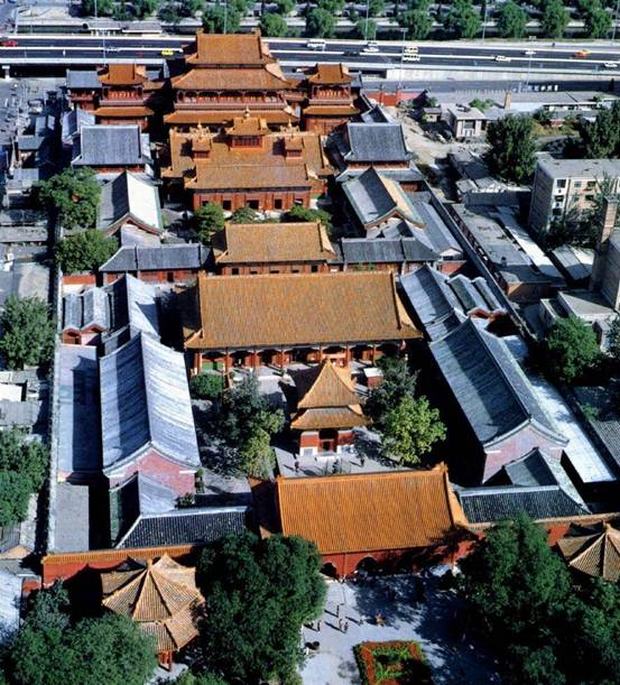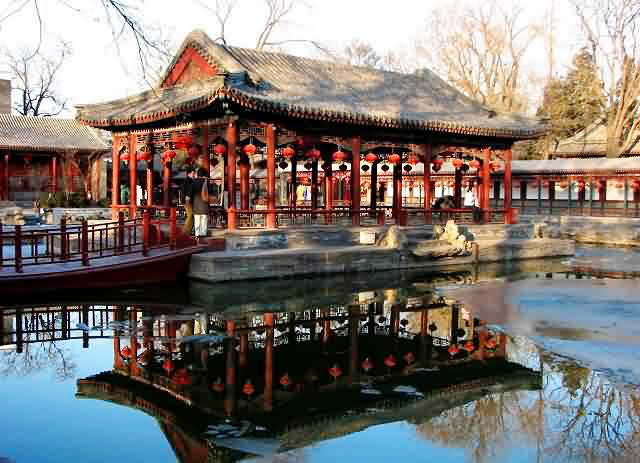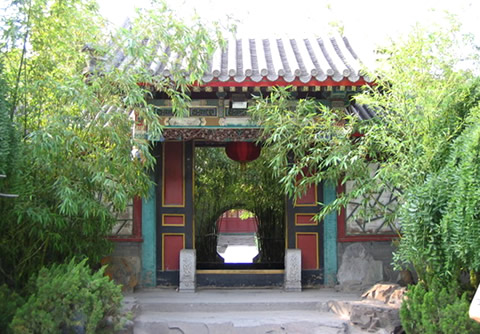A blend of the old and the modern, Beijing is an acclaimed tourist destination owing to its numerous cultural and historical attractions. The unrivalled top attraction in the city is the Great Wall of China, followed by the sprawling Forbidden City which is the best place from which to start your sightseeing tour in the city. Two more attractions which hardly need any introduction are the Tiananmen Square and Temple of Heaven, rich in historical significance. Having served as a summer retreat for emperors, Summer Palace is also a must visit attraction for leisure travellers. Those seeking to stay at one of the luxury hotels and resorts in the country will be pleased to find those of Raffles Hotels & Resorts which is a highly reputed luxury hotel group in the world.
Tag Archives: Beijing Accommodation
Yonghe Lamasery in Beijing – Witness the Allure of China’s Culture
Travellers have been exploring the world for centuries in search of new experiences and glimpses of cultures vastly different to their own. For a truly unique experience full of colour and beauty incomparable to that anywhere else in the world visitors should head down to China, where century’s worth of history, rich culture and intricate heritage will leave anyone amazed. The beautiful Chinese culture is also one of the most well preserved on the globe, benefiting visitors who can witness its allure.
The architecture of the Yonghe Lamasery in Beijing shows off such great detail which is unmatched in any modern day design. The amount of symmetry and attention to detail that has gone into the lamasery will have visitors’ amazed, along with its vibrant colours and the peaceful aura it emanates. The lamasery has several halls and courtyards that have been put to various uses, each with its own tale to tell, of both royalty and religion. Visitors can view the many statues and sculptures on the premises, and one statue of the Buddha on the site holds records for its grand size. The prayers that often take place at the lamasery give it an ambiance of pure sanctity which visitors will enjoy. It is a great place to head down to when in China and offers a delightful and unique experience.
Visitors who want equal grandeur in the lodgings will find the Raffles Beijing Hotel an ideal Hotel in Beijing to spend their stay. The decadent Beijing Hotel promises its guests all the comforts needed for an enjoyable stay.
Prince Gong Mansion In Beijing – A Window into the Qing Dynasty
Located west of Beijing’s Forbidden City, the Prince Gong Mansion (also called the Gong Wang Fu Museum) is the biggest and best preserved examples of architecture from the Qing Dynasty. In total, the mansion and its gardens span an area of around sixty thousand square metres. The gardens are located on the northern side of the compound while the buildings are found to the south. Among the buildings are a couple of siheyuan courtyards and a Grand Peking Opera house. The extensive gardens contain numerous scenic sites, ponds, pavilions and even artificial rocky hills.
The residence was built in 1777 for He Shen, a minister of the Qing Dynasty who became a trusted advisor for the Emperor Qianlong at a young age. However, He Shen was charged with corruption during Emperor Jiaqing’s rule and was executed in 1799. The mansion was then given to Prince Qing Junwang, the youngest of Emperor Qianlong’s seventeen sons. Ownership fell to the eponymous Prince Gong, Emperor Xiangfeng’s brother, in 1851. The mansion remained in the family until the Prince’s grandson mortgaged it to the Benedictine Order of the Catholic Church in 1921. By that time the mansion was in a pretty bad state of repair, but the Order carried out extensive renovations and converted the mansion into a university.
The Furen Catholic University operated until 1951 when the Benedictines were forced out of China. The mansion was subsequently used as the premises for the Beijing Normal University, the Chinese Music Academy and even as a Beijing Air Conditioning Factory before it was designated as one of the country’s cultural heritage sites in 1982. The various buildings and gardens were finally opened to the public in 1996. In 2008, it was converted into a museum that provides visitors with fascinating insights into the royals of the Qing Dynasty as well as other aspects of the era. When visiting here one should also try to catch a show at the Peking opera house.
The Prince Gong Mansion is not too far from the Forbidden City. Tourists looking for Beijing luxury hotels in the area can try the Raffles Beijing Hotel. The popular Beijing hotel is the ideal place to stay being just a few minutes away from the city’s landmark attractions.









